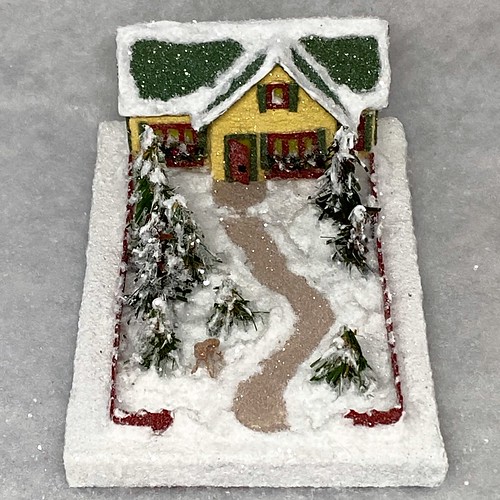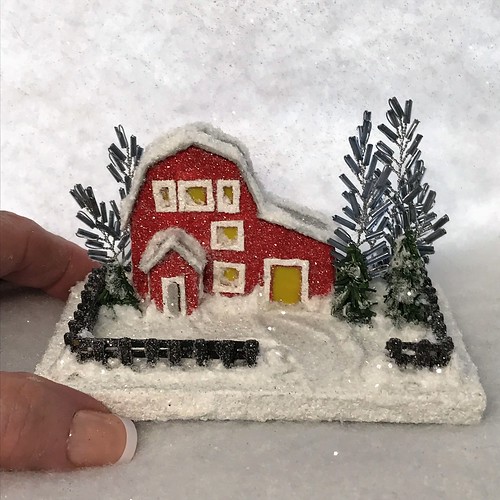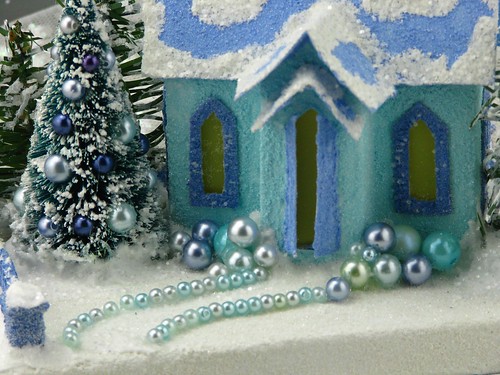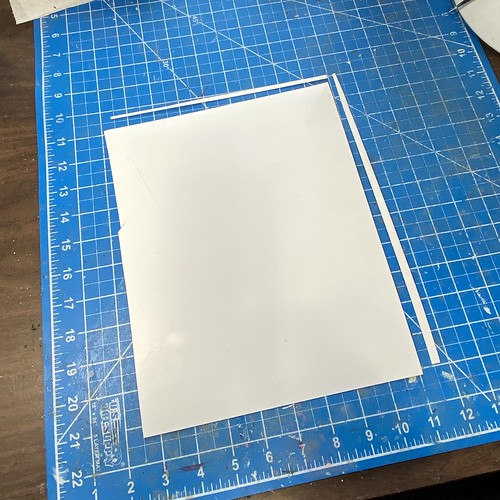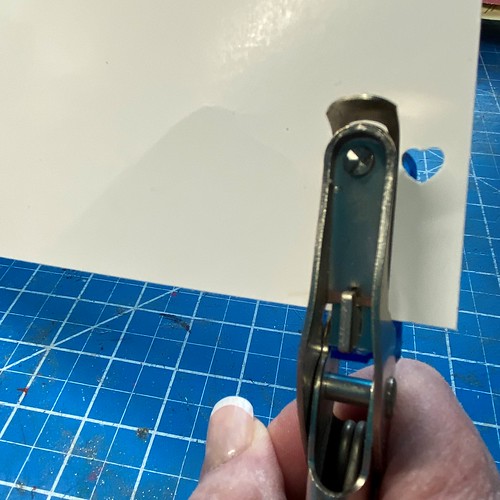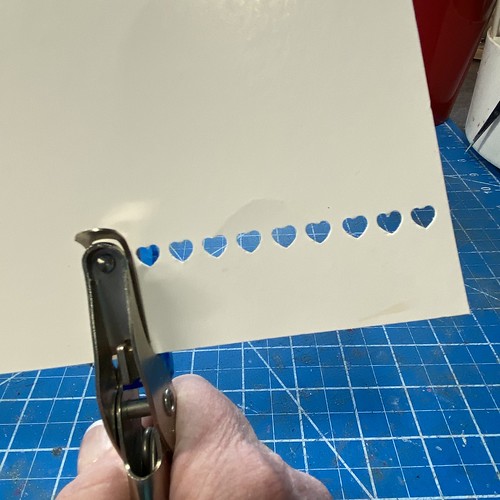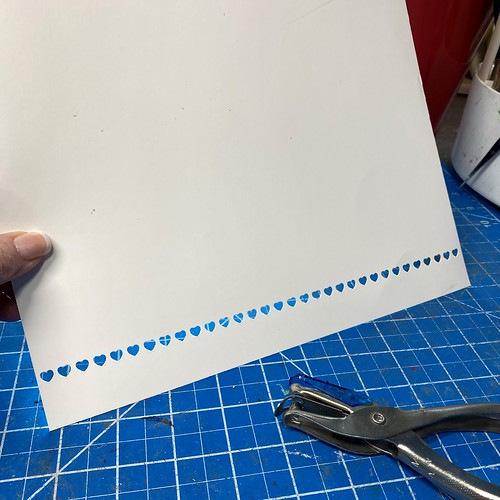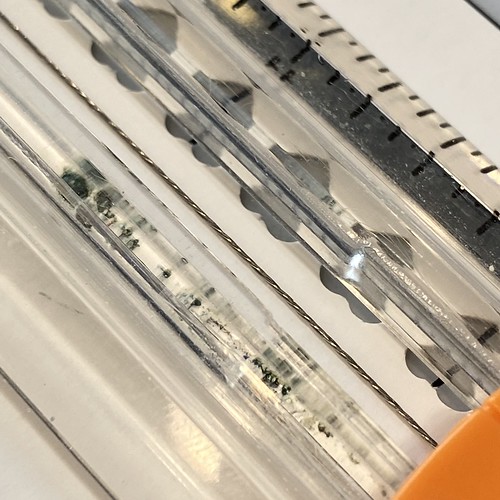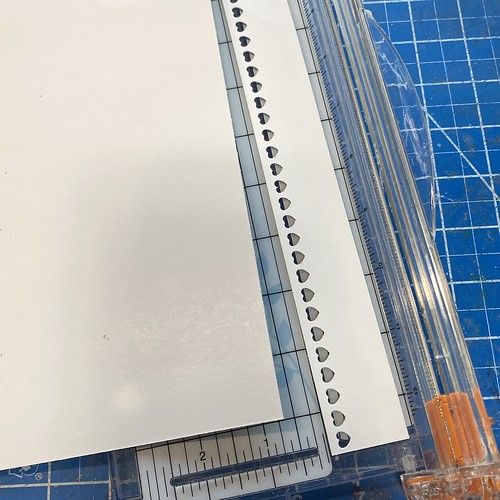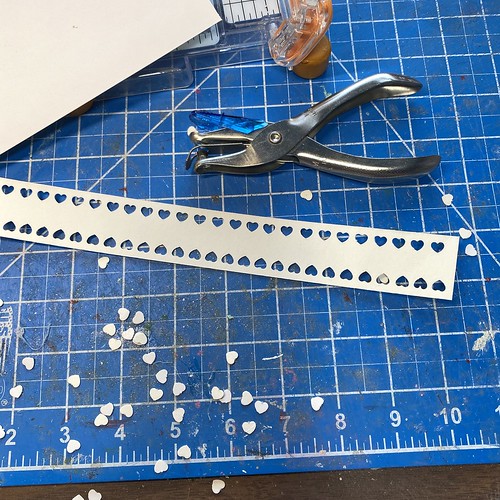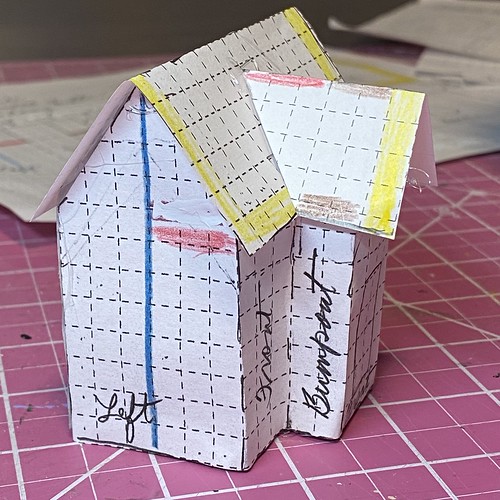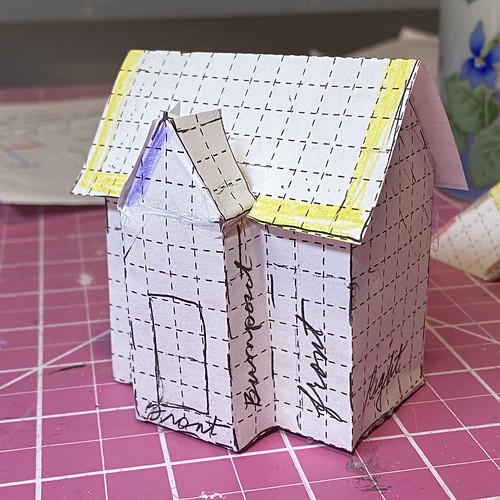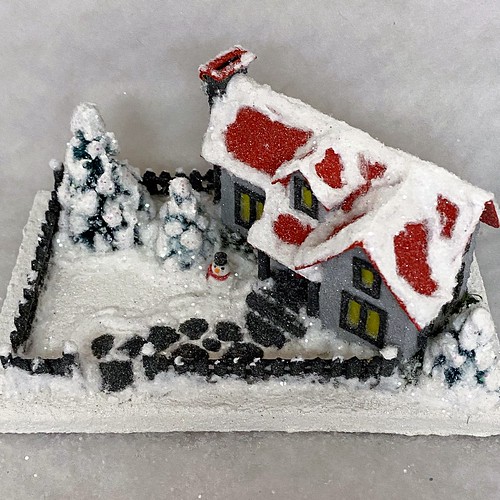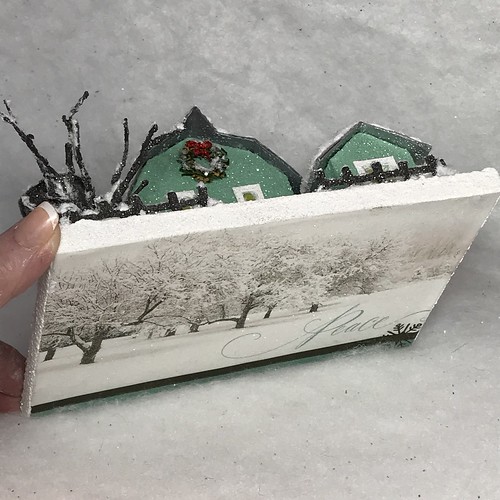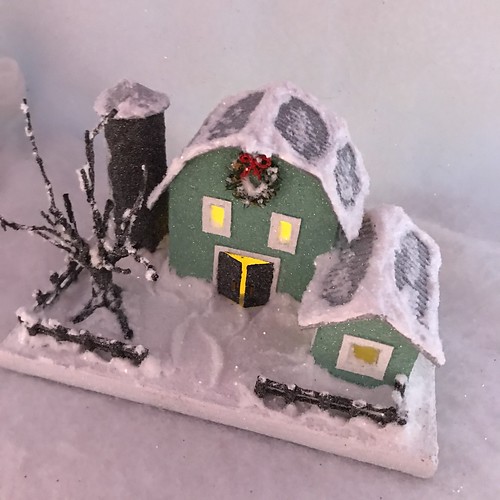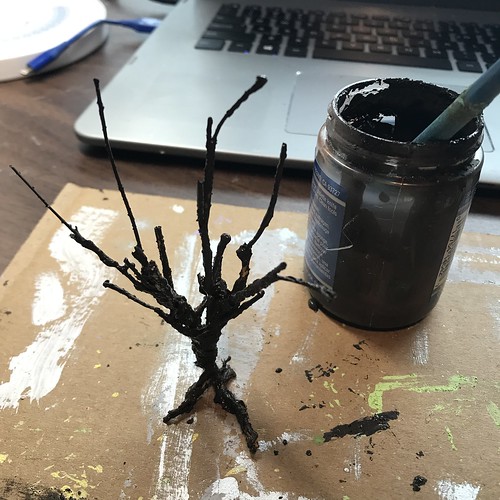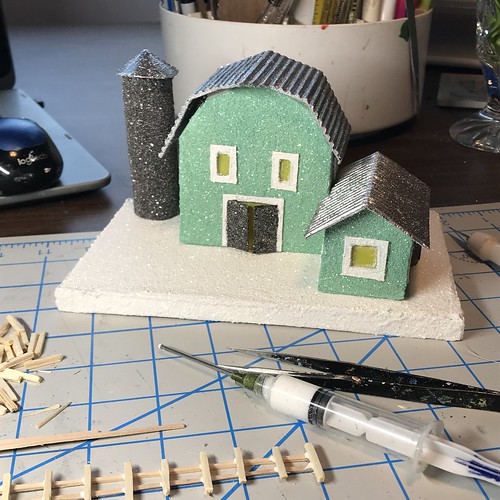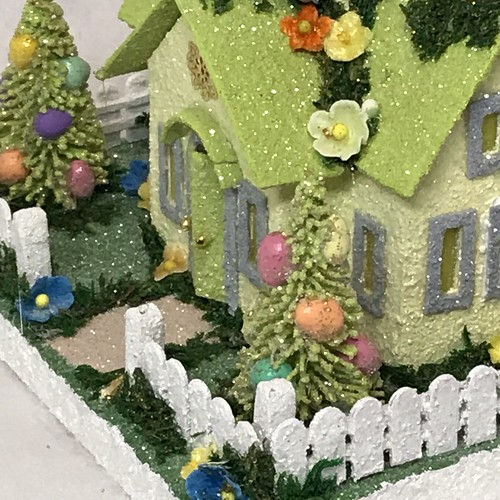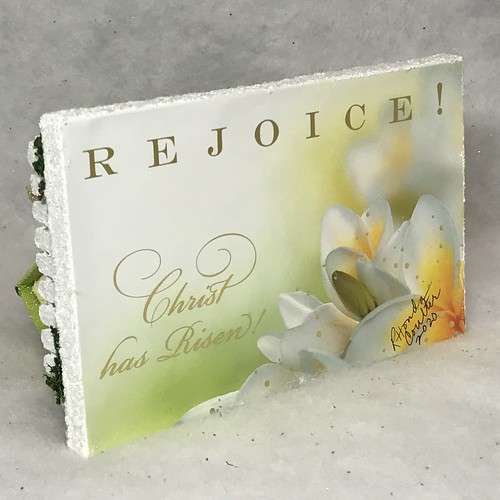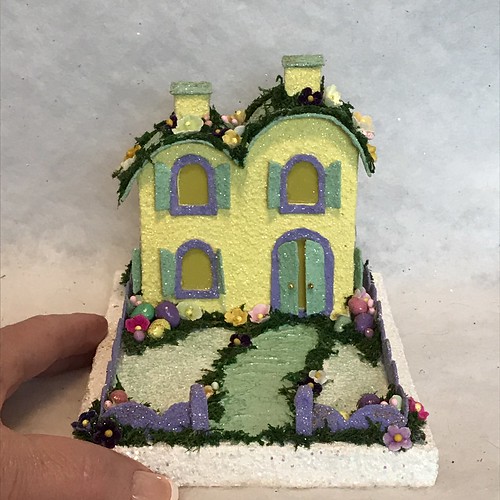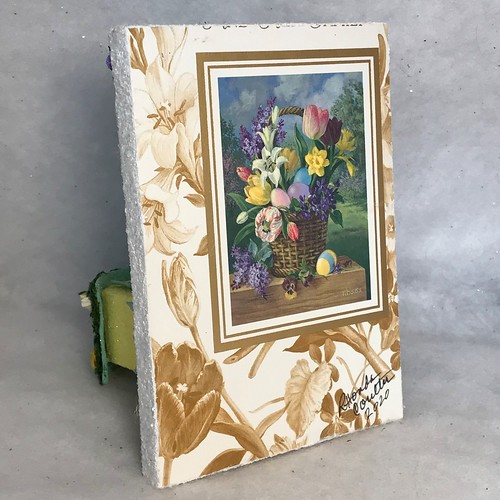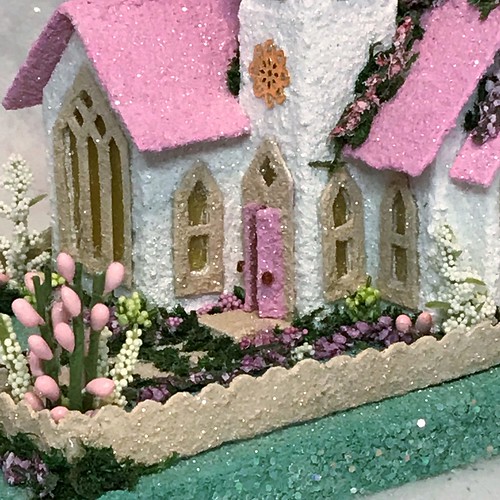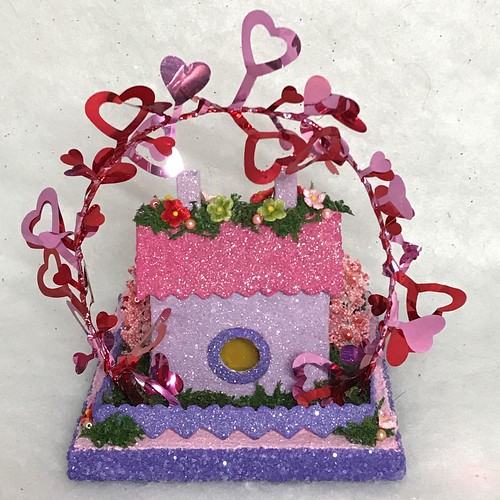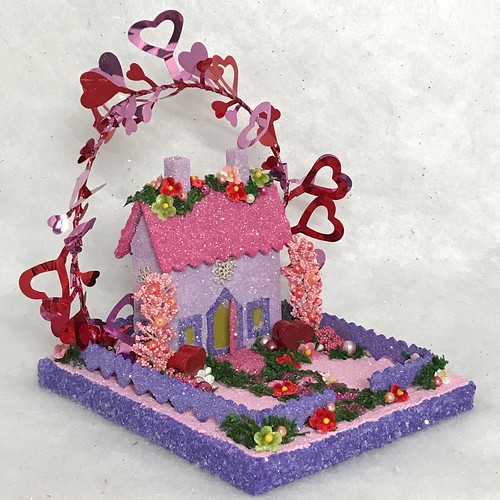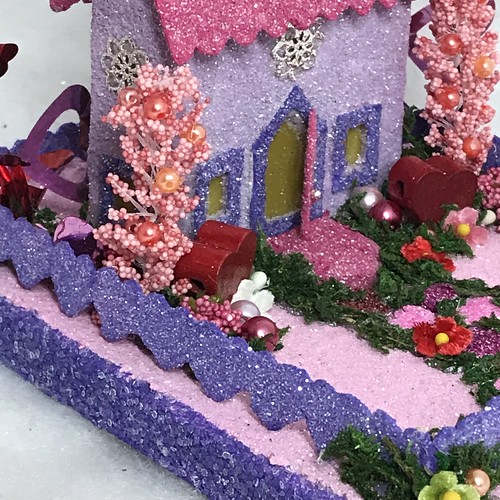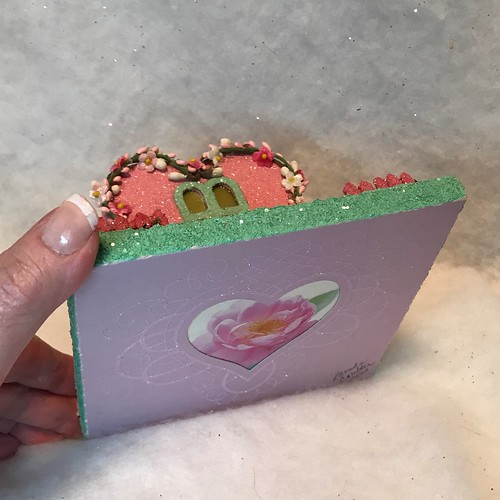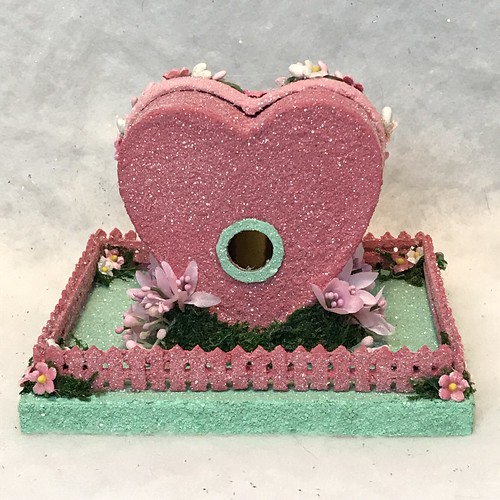It has been three years since I have posted to this blog. At that time, I had thought about changing to a different format. I had some help from one of my kids (all my “kids” are grown and gone from home), but I had a lot of trouble trying to change over. So, I am going to come back here and see if I can remember how this works!
I am, by my own and probably everyone else’s account, a detail person. A perfectionist. I’m an Enneagram 1, if you are familiar with the enneagram. I love the details of anything. I love organizing the details. I want things to be done right! If I don’t know how to proceed, though, it becomes a huge road block that I have great difficulty overcoming, which is, I think, what happened to my blog.
We had several major upheavals during the early Covid period of time. Besides the fact that my husband is a health care provider, which was extreme pressure to live under during those early days, we also moved from our big, 160-year-old house to a smaller one, built 25 years before we bought it. It was time to downsize. We stayed in the same small town, but moved two miles north. Our old house was at the south end of James Street and our new house is at the north end of James Street. Odd but true.


When I turned 65, I told my husband I wanted to be moved by the time we turned 70. Before we had even started looking for a new home, I began the long haul of decluttering, donating, and disappearing a lot of the JUST PLAIN STUFF we had accumulated over the years. As many of you know, I had 130 totes of Christmas decorations. We used to put up more than 20 Christmas trees that were four foot high or taller. Everything was like that. Cooking supplies, crafting supplies, sewing supplies, bicycling items, a large collection of books, boxes and totes our children left because it seemed so easy to let it sit in the attic, furniture we had accumulated over the years, etc. Lots and lots of stuff! Going through it was a huge job! My husband helped, of course, but my best helper was my friend Lindy. She and her daughter helped me go through everything. What a long process. But by the time we found our new home, I had spent eighteen months clearing out the old house. Big, big job, but I was so ready to do it.
One evening, before the decluttering started, I was searching YouTube for “declutter” and found Dana K. White. Dana taught me SO much about how to let go, declutter, live with less, and find happiness in all of that. I bought her audiobook How to Declutter at the Speed of Life. I listened to it over and over. I decluttered while I listened. She understands the way my mind works. I will forever be grateful to Dana for all the things she taught me.
Dana has a simple five step plan for dealing with clutter. The first two steps don’t even involve any emotional decisions. It was an easy process when I stuck to her steps and took my time to work my way though each space in our home. I donated a lot, gave away a lot to my family and friends, and pitched a lot of trash/junk. I won’t list the steps here. Teaching the process to you is Dana’s job. LOL! Buy her book!
When it was time to move, in October of 2021, I was ready! Again, thanks to my husband, to my dear friend Lindy and her daughter, to my sisters who came to help, and to others who contributed to the process in many ways. They will never know how much all that help meant to me. I am so grateful!
I was rather surprised by how much clutter was actually moved. Phase two happened as I began to open totes. Why did we bring that?! Where I am going to put this?? The huge old house had space to keep things. Even things I didn’t need. The new house has limited space. Which is a good thing! It’s been a slow but encouraging process of decluttering what we moved. The house is so easy to keep clean because we have so much less stuff than we used to. And I don’t miss a single thing we left behind!
The only downfall of the new house was the lack of crafting space on the first floor. As I get older, I find things like stairs harder to handle. So…we decided to add an addition with a craft room. We also added a handicap-accessible bathroom and a small laundry room. And a catio, which is what we call the screened porch. The cats (and we!) love it! Our contractors were great and we are grateful for all the work they did, the ideas they contributed, and their willingness to listen to and implement our own ideas. Construction isn’t a pain-free process, but Brian and Denny made it as easy as possible for us. If you’re local and need a contractor recommendation, just ask!
After months of endless decisions, the noise of hammering and sawing, ordering this and ordering that, the addition was done. We love it so much. It opened the house up a bit and provided extra living space. And I have a craft room that I love, with five big windows, lots of drawers, and shelving to hold supplies. It provides a beautiful view of the neighbor’s ten acres of oak trees and wildlife habitat that our yard backs up to. What a blessing to find such a beautiful area to live.

Edit: A friend asked me about the cleaning company that was mentioned in this post. Cleaning company? Somehow, I had been hacked and spam was inserted into my blog post. I didn’t hire any cleaning company during the move or the construction. Or at any other time, for that matter.
~~Rhonda 🙂





